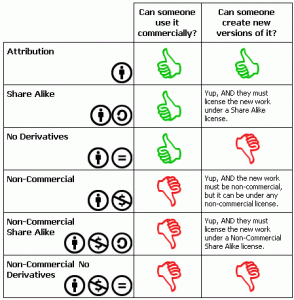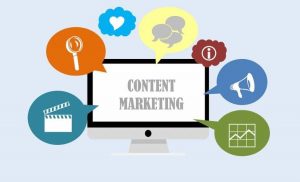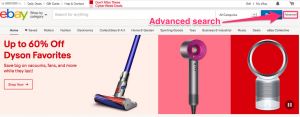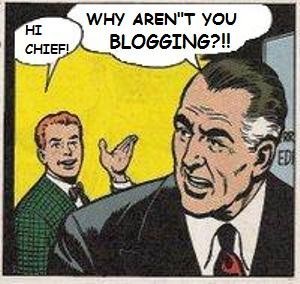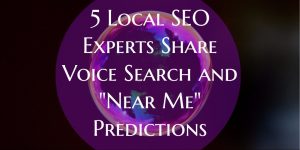
As marketing automation and email programs continue to grow, so do our lists and the number of emails we’re sending. We can’t keep growing our lists without segmenting and providing relevant, personal content.
People sign up for your company’s emails for one reason: you have something they want. That something might be promo codes and discounts; it might be content like videos, whitepapers, and articles; they could want product updates and be the first to know about company announcements; or it might be receipts, reports and other transactional information.
But here’s the deal: if you stop sending them what they want, they’ll unsubscribe.
Marketing Automation has reduced the time we spend actually sending emails, which leaves more time for building out segmentation and ensuring content is relevant and personalized to each recipient. Despite the fact that marketers see an average 19% increase in sales when using personalized web experiences according to a report by Monetate, many companies still aren’t personalizing emails.
There is great debate over the different ways in which to build your segments and the data that is most valuable. There are two primary methods with which marketers are doing their segmentation: Personally Identifiable Information (PII) or Predictive Personalization.
Personally Identifiable Information (PII)
PII is any data that could potentially identify a specific individual, most commonly demographic (i.e. location, gender, age) and firmographic (i.e. industry, company size, and title) information.
The benefits of this method are that the customer generally provides this information to you, meaning that unless they filled out the information erroneously, there is less guessing involved. On the other hand, this information can change frequently. If you are a site the customer interacts with very regularly, they will likely forget to update this information if it changes.
Common emails that use PII include:
- Localized sales and promotions
- Birthday messages
- Gender-specific product or service promotions
- Lead generation within specific business industries, sizes, and job titles
Predictive Personalization
Predictive personalization, on the other hand, requires access to your own internal data about subscribers and site visitors. If you have the ability to connect this data to your email or automation system, this is often the favorite method for personalization.
The reason this isn’t widespread yet is that companies simply don’t have the capabilities built out – yet. This is the future of marketing automation, so if you aren’t working toward behavior-based email content, get started.
Common emails that leverage this data for predictive personalization are:
- Abandoned cart reminders
- Follow-ups for product reviews
- Related content or products based on browsing history
- Suggestions for products or downloads related to previous purchases or downloads
- Discounts based on site activity
We’re All Human
The biggest objection I hear as a B2B marketer is that personalization is just for B2C, but that’s just not the case. Not only is personalization important for customer qualification and providing appropriate products and services, but more importantly, you are emailing people. Email marketing is still Human to Human (H2H).
Especially in email, where everyone is checking on their phones or laptops – email is an inherently personal experience. Whether you are making a decision for yourself or your company, there is an emotional, personal, human element that influences your reaction to the content and creative. Appealing to this human emotion and continuing to offer valuable emails, regardless of your business or consumer audience, requires personalization.
(200)

